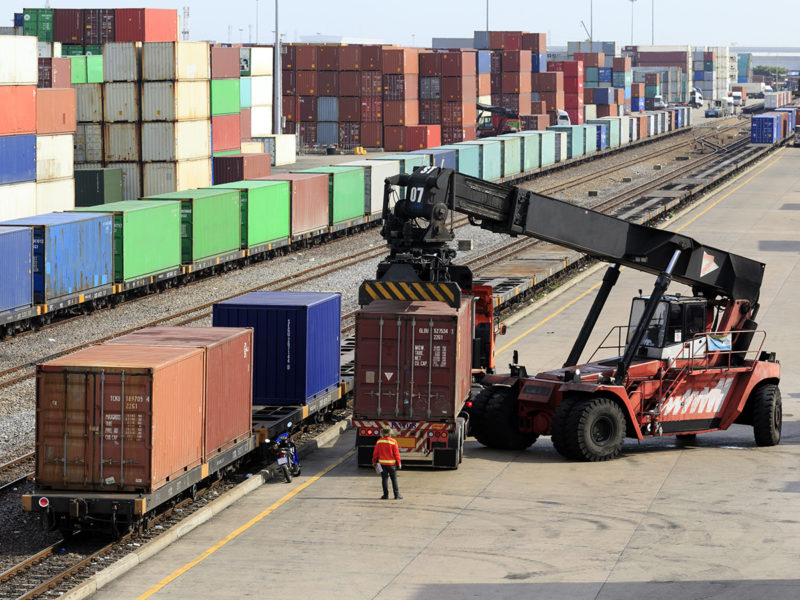When I was on distribution teams responsible for negotiating the upcoming yearly contract with our manufacturer partners, our goal was to make the strategic business agreements (SBAs) a win-win for both parties.
When business is growing year-over-year, these negotiations typically concentrate on the “rebate” incenting sales growth. For example, the SBA rebate on purchases from a manufacturer might be incentivized at 1% until you reach last year’s sales level, and then a more aggressive 3% for sales growth of 10%, and so on.
For many distributors, these “incentives” can account for up to 50% of the distributor’s operating profit. It’s almost impossible to sell and manage your way to better profitability as a distributor if your SBAs are not structured properly.
On our recent MDM Mid-Year Economic Update webcast, economist Brian Lewandowski talked in depth about a distribution “slowdown” period. Although no one can be 100% sure of what the economy will do, if a slowdown is coming you want to plan for how to create win-win SBAs in 2020.
Slowdown periods can be a great opportunity for progressive distributors to get more efficient with their SBAs and build stronger partnerships that, after the slowdown periods ends, allow both parties to take share from the competition.
Best Practices
Recently, a distributor and I discussed key strategies to consider for their manufacturer SBAs in 2020. We covered a lot of potential ideas that might help. Here are three top considerations during an economic slowdown:
1. Understand where you rank as a distributor customer for each manufacturer partner. Understanding how important you are to each manufacturer is key to negotiating an SBA during a slowdown period. For example, if you are their top volume customer, you are in a position to discuss market conditions, overall outlook for 2020, and negotiate a win-win for both parties that may be less growth related. Conversely, if you are the No. 3 volume customer for that same manufacturer in market you will probably have to negotiate a more growth-focused plan.
2. Know that manufacturers still need and often require volume and growth. As they say, if the size of the pie isn’t growing you have to cut up the pie differently. Your manufacturer partners are also planning for a potential downturn and their leaders, like yours, won’t be excited about potential flat or declining sales. They will focus on expanding their share with their key distributors by asking for more SKU support and conversion business from other competing manufacturers. The manufacturers will be after a bigger piece of the potentially smaller pie from each of their key partners. For example, performing a line conversion or shifting purchases and business from your third supplier in a category to your first is difficult and dangerous. It’s hard work and also involves understanding if your end customers will accept the change — this is often why you put this work off. In 2020, you will probably have to look at becoming strategic partners with fewer manufacturers to get the SBAs you need to keep an acceptable profit level.
3. Secure return good authorizations. If business is slowing the chances are very good that your stock of stagnant or slow-moving inventory will grow. It’s rare that you and your team can manage this perfectly through a downtown. More of your selling inventory SKUs will drop into your stagnant or slow-moving inventory in 2020. Negotiating improved inventory return policies with your key manufacturers is a critical part of your SBA agreement during a slowdown. Maybe your inventory team will manage this perfectly and not need to invoke many RGAs, but you will sleep better at night knowing you have the improved agreement, just in case.
It’s difficult to negotiate a win-win agreement with a manufacturer. In much of my career as a distributor we approached the annual SBA negotiations like we were at the final table of the World Series of Poker. We would study our opponent (the manufacturer) and during the discussions hold our cards close to the vest. We did everything to not show our cards and play poker. Although thankfully I never went as far as to wear sunglasses to the meetings. That approach may have made more sense when the size of next year’s market pie was growing. If 2020 isn’t a high-growth year your SBA will probably require more planning and creativity to negotiate a true win-win for both sides.
The negotiating SBA season is here, and if a slowdown is approaching its time to consider some changes to what you consider a successful SBA for 2020. As always, I would love to hear your feedback. You can contact me directly at john@mdm.com.
John Gunderson is MDM’s VP of Analytics & e-Business and has 20+ years of senior leadership experience negotiating SBA agreements for B2B distributors, including HD Supply, Anixter, and EIS-Inc.
Related Posts
-
How manufacturers sell and how customers buy have undergone significant change in recent weeks, and…
-
The event was scheduled for March 15-19 and was expected to bring 13,000 attendees to…
-
For the fourth quarter, sales were $84.2 million, a 19% increase year-over-year.





